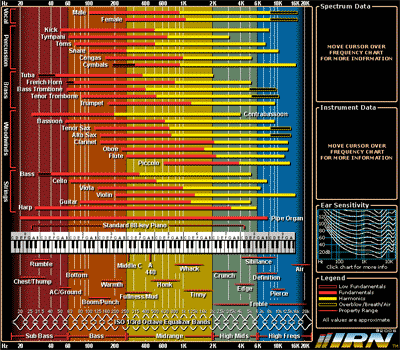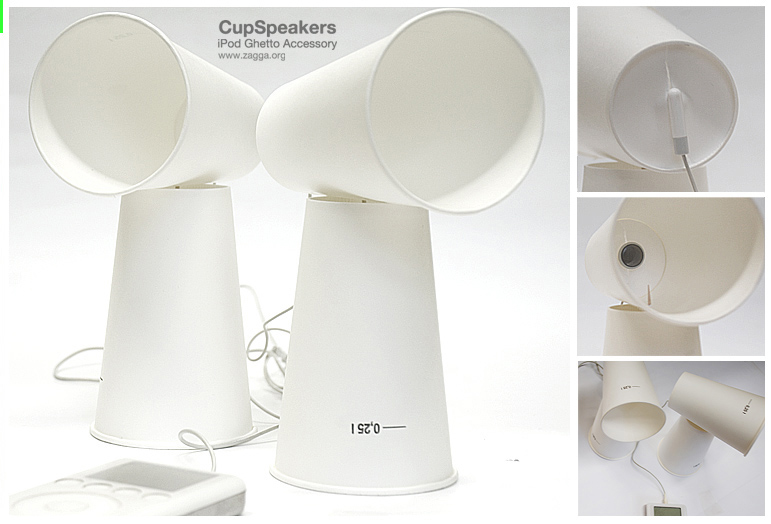

In terms of making Acid a more credible environment for serious audio recording, the new Input Bus tracks are a big plus. In version 6, this required working in both the old mixer window (for master outputs, buses and so on) and in the Track List (for the audio and MIDI tracks).

This is now a well‑specified mixer, and having faders for all track types in one place makes it easier to focus on basic mixing tasks such as fader automation. Other features include mute, solo, automation mode, a phase switch, record arming, input monitoring, insert effect chain editing, track freeze and an insert pre‑/post‑fader option, the selection of which depends upon the track type. Clicking on an empty insert effects slot produces a drop‑down list from which effects can be selected, while clicking on an already filled slot opens the window for that effect so that its parameters can be adjusted. These two areas can be contracted and expanded to show fewer or more slots, as required. The user can toggle different track type groups or individual tracks on and off via the View pane or Channel List, and both of these options make it easy to configure the mixing environment to suit particular types of task.Īside from the usual channel fader, level meter and pan controls, tracks now include slots for insert effects and sends, where appropriate.

#SONY ACID PRO V7.0.0.502 PLUS#
As well as the output, preview, bus, effects and soft synth mixer channels, the new Mixing Console window now also includes audio and MIDI channels for each track within the Track List, plus the new Input Bus channels. The fully featured audio and MIDI Mixing Console window is, therefore, an obvious highlight in the new release.Īs shown in the screenshot above, the general appearance of the mixer channels retains the classic Acid style, which is very functional if perhaps not a thing of great beauty. Although this didn't stop users from undertaking complex projects with mix automation, it did mean that mixing usually involved both the Track List and the Mixer window. Mixing AcidĪcid has always had a Mixer window, but until now, its features have been somewhat limited. For me, four new features fit into the headline category: the provision of an Input Bus system, a full audio and MIDI mixing window (something that was on my personal wish‑list when I reviewed version 6), improvements to the time‑stretching engine, and the impressive bundle of added extras from Garritan, iZotope, Native Instruments and Submersible Music (see box on the next page).Īlso notable, but a bit less dramatic, are features such as MIDI track freeze, the ability to create tempo curves, real‑time rendering of projects (allowing external sound sources to be mixed down as part of the Acid project) and, amongst a range of user‑interface tweaks, customised labelling for ASIO devices and ports.
#SONY ACID PRO V7.0.0.502 SOFTWARE#
And thanks to its very straightforward user interface, even non‑musicians can put together plausible results given a suitable collection of pre‑recorded loops - although whether that's good thing is another matter! Other key features include an excellent audio groove quantise function, a range of audio effects, a video window for music‑to‑picture work and the ability to act as a Rewire host or client.Īs with most software updates, Acid Pro 7 offers a number of headline additions and numerous smaller refinements. This capability is now built into most mainstream DAWs, but Acid is pretty much where it started, and it is fair to say that the quality of this real‑time process in Acid is about as good as it gets. In essence, Acid Pro's long‑standing focus has been its ability to provide real‑time pitch‑shifting and tempo‑matching of audio loops. Those new to Acid Pro might like to look through the earlier SOS reviews (see the April 2005 and July 2006 issues) for some background, as all the previous functionality is retained in the new version.

So is Acid Pro now a viable alternative to products such as Cubase or Sonar for PC‑based musicians? Version 7 of Acid Pro is now with us and, again, the new features suggest that Sony are still keen to position Acid as a fully fledged DAW. Acid Pro has always offered a powerful and creative platform for loop‑based music creation, and with versions 5 and 6, Sony expanded its features for audio and MIDI recording. If you make extensive use of loops in your music, and you work on a PC, the odds are that you will have tried Acid at some point. Acid Pro has always offered a fabulous environment for loop‑based music creation, but version 7 sees it making a bid for fully fledged DAW status.


 0 kommentar(er)
0 kommentar(er)
